

Sign-up for a free account to find over 1,000 writing prompts, lessons, projects, and more for every grade from the 826 Network, the largest youth writing network in the United States.


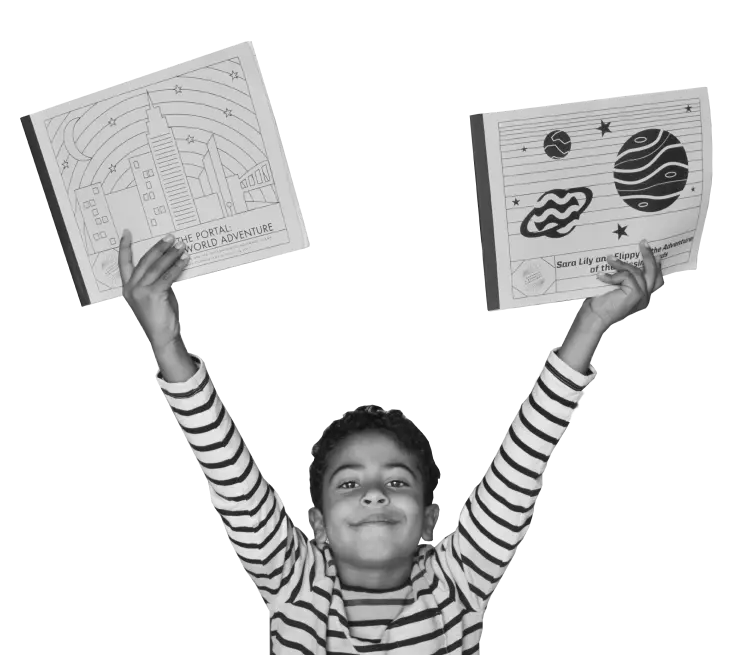
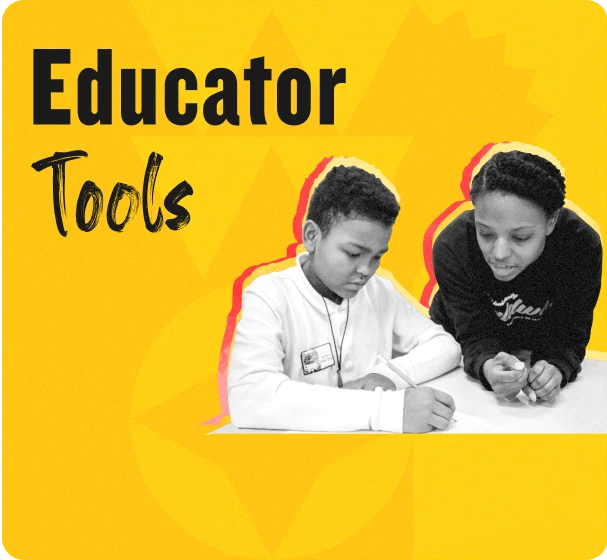
Educator Tools provide strategies, best practices, and essential frameworks for teaching—and publishing—young writers. Discover the methods behind 826’s magic.
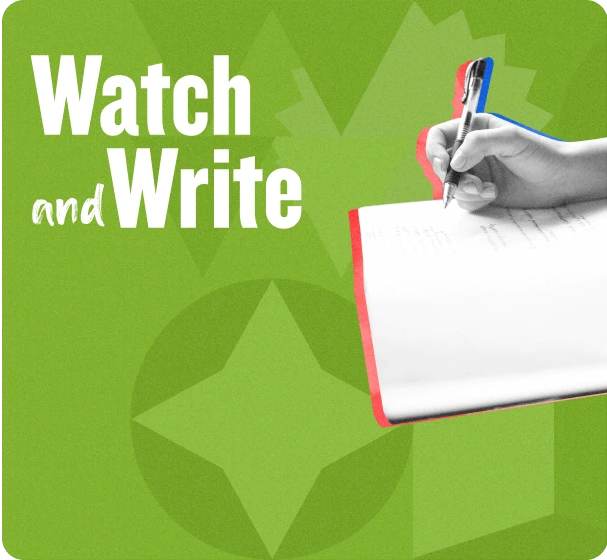
Watch and Write videos and lessons deliver writing inspiration directly from authors, professionals, friends of 826, and students. Each video includes a writing prompt and lesson aligned to Common Core State Standards.

Our most recent and relevant resources live here, from back-to-school season to national poetry month. This collection rotates, so check back often so you don’t miss a beat!



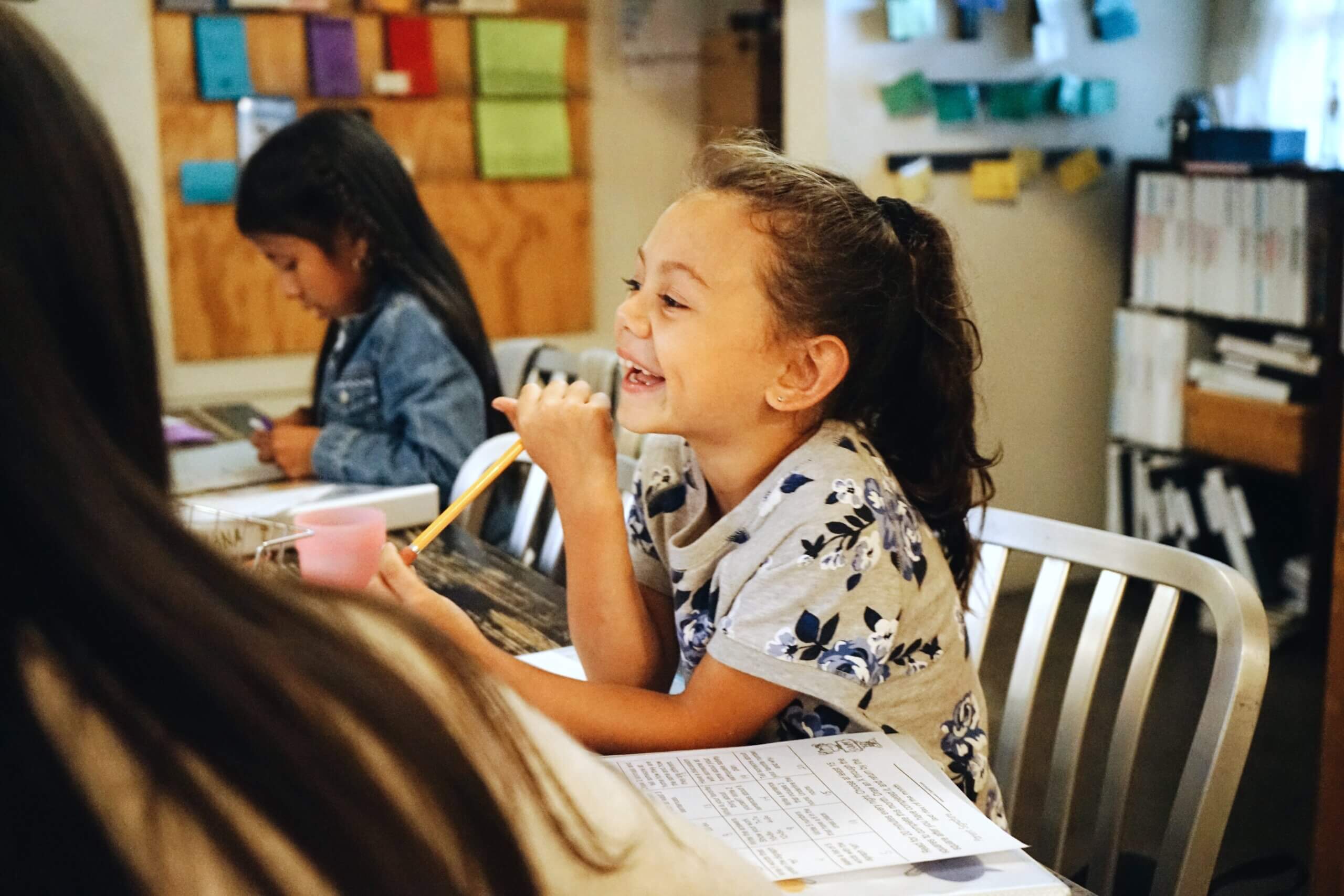
Librarian and literacy ambassador Mychal Threets invites you to write about your feelings, your way with four writing prompts to explore your emotions on the page.
Librarian and literacy ambassador Mychal Threets invites you to write about your feelings, your way with four writing prompts to explore your emotions on the page.

This Educator Tool shares resources to help you support your students' mental health through writing.
This Educator Tool shares resources to help you support your students' mental health through writing.

This Educator Tool shares a variety of prompts to help you springboard into journal writing with your students.
This Educator Tool shares a variety of prompts to help you springboard into journal writing with your students.
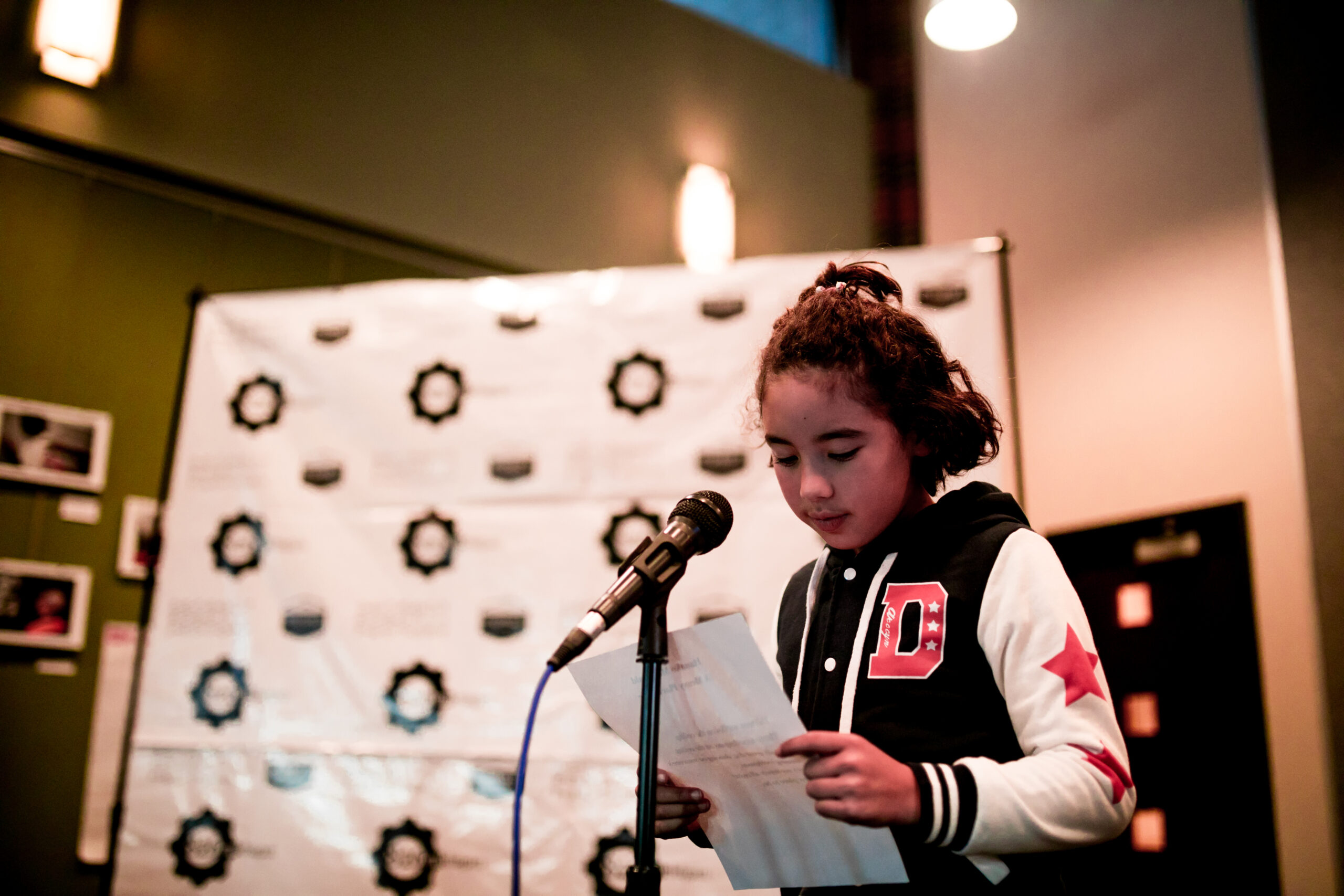
In this video lesson, you will learn a strategy for writing down your thoughts and feelings to understand them more clearly.
In this video lesson, you will learn a strategy for writing down your thoughts and feelings to understand them more clearly.
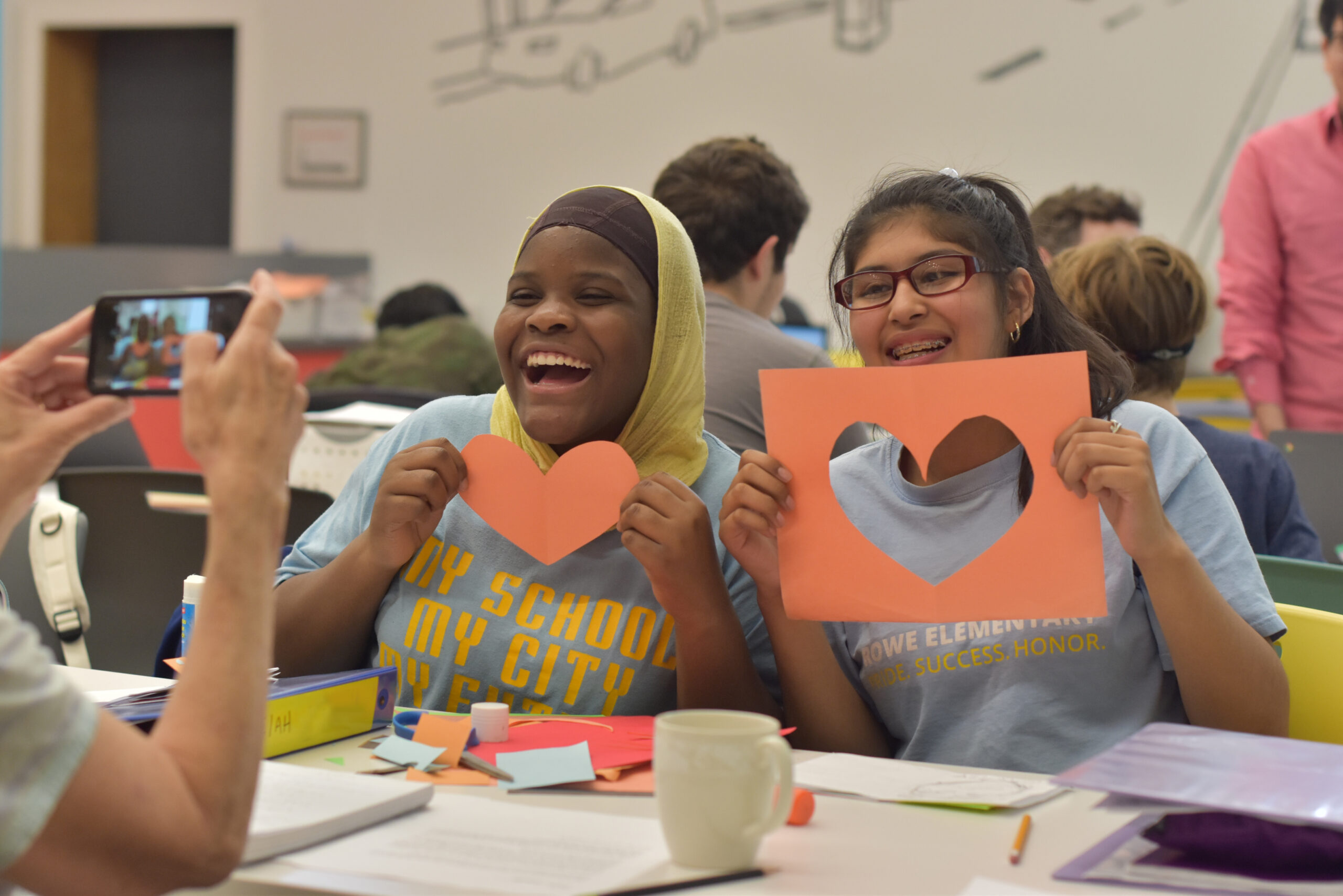
In this collection of poetry activities, young writers will explore a range of feelings and strengthen their emotional vocabulary. Activities are available in print and web versions!
In this collection of poetry activities, young writers will explore a range of feelings and strengthen their emotional vocabulary. Activities are available in print and web versions!
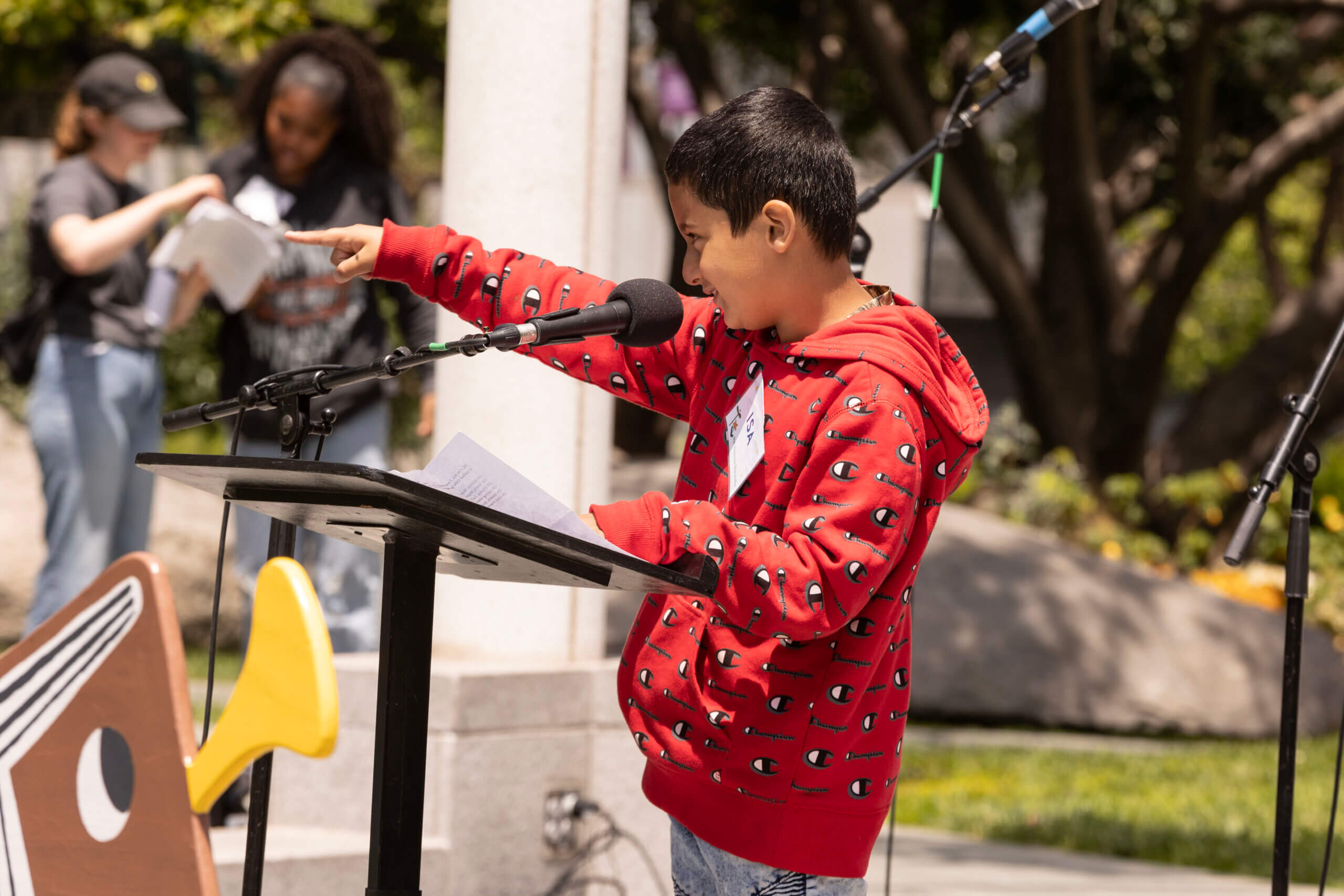
Children's book author and 826michigan staff member Kinyel Friday shares a social emotional learning prompt that uses personification to bring emotions to life.
Children's book author and 826michigan staff member Kinyel Friday shares a social emotional learning prompt that uses personification to bring emotions to life.

Writing can be a powerful tool when working through feelings of grief, sadness, or anger. This Spark creates an intentional opportunity for youth to write and speak about what is on their minds.
Writing can be a powerful tool when working through feelings of grief, sadness, or anger. This Spark creates an intentional opportunity for youth to write and speak about what is on their minds.

Writing can be a powerful tool when working through feelings of grief, sadness, or anger. This Spark creates an intentional opportunity for youth to write and speak about what is on their minds.
Writing can be a powerful tool when working through feelings of grief, sadness, or anger. This Spark creates an intentional opportunity for youth to write and speak about what is on their minds.
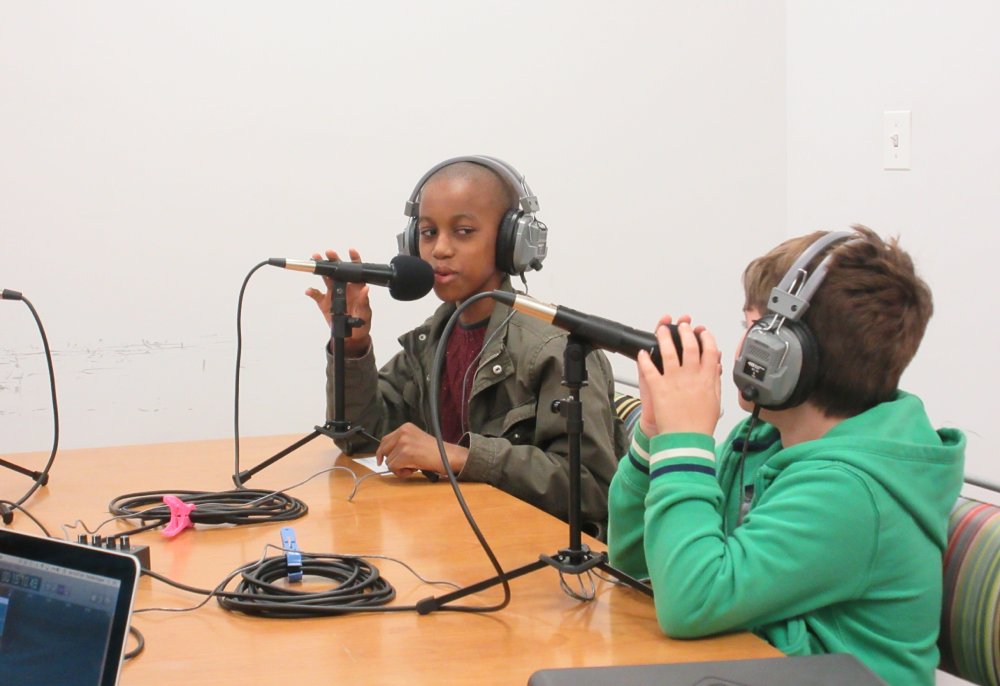
Students will work in a collaborative, constructive setting to create a vision for your classroom as a safe space for students and teachers.
Students will work in a collaborative, constructive setting to create a vision for your classroom as a safe space for students and teachers.
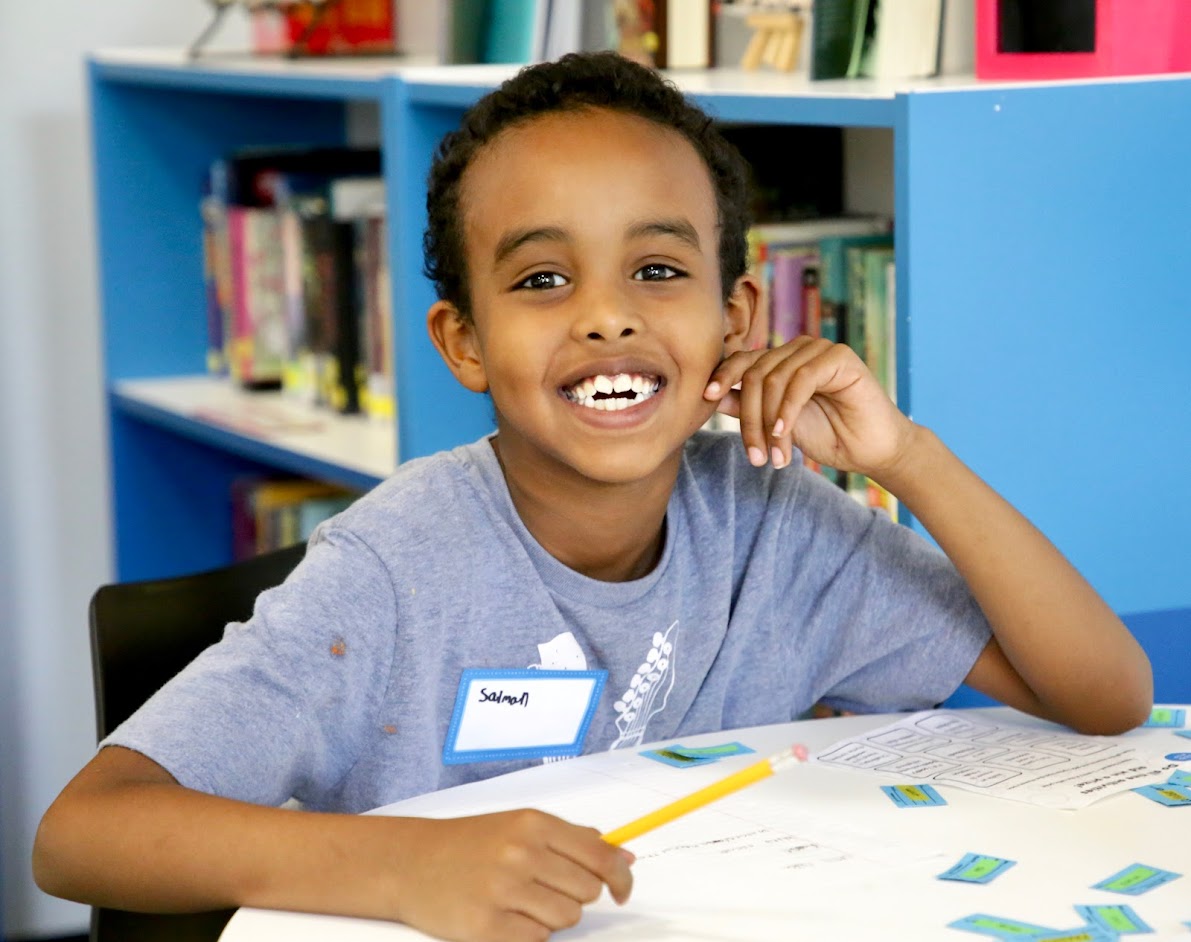
This Educator Tool is designed to help you support students along their journeys in positive identity development.
This Educator Tool is designed to help you support students along their journeys in positive identity development.
This Educator Tool shares a variety of prompts to help you springboard into journal writing with your students.
Like a new notebook, journal writing is full of possibilities. Consider how to intentionally implement journal writing with your students with this Educator Tool. Includes a range of prompts to get started.
Writing can be a powerful tool for supporting mental health. The writing resources and activities in this Educator Tool are designed to help your students process and reflect on how they’re feeling and help them to have a little fun while they’re expressing themselves, too.
Writing can be a powerful tool for supporting mental health. The writing resources and activities in this Educator Tool are designed to help your students process and reflect on how they’re feeling and help them to have a little fun while they’re expressing themselves, too.
This Educator Tool is designed to support and inspire you and your students wherever you are in your poetry journey.
A guide to teaching and writing poetry with students in grade 3-12, featuring favorite poetry resources from across 826 Digital
A collection of 826 resources and Mentor Texts that foster creating social change through writing.
See resources to help your students use writing to create positive social change across their communities.
This resource will support educators through the process of co-creating Community Agreements with students.
Center students in the community-building process by co-creating community agreements.
This resource will support educators in building a classroom community through writing.
Find activities and Sparks for promoting inclusion, connection, and community through writing.
This tool provides educators resources for engaging in the revision process with students.
Find strategies for approaching and practicing revision, including tips from authors like Amanda Gorman and Tiphanie Yanique.
This guide offers an abundance of resources to help students practice the basic elements that make up a short story.
See resources from 826 that focus on short story elements, including plot development, characterization, conflict, and dialogue.
A flexible, stackable series of weekly writing units that invite students to write with authentic purpose.
Students will write to reflect, write to connect, write to create, and write to advocate for themselves and their community.
A flexible, stackable series of weekly writing units that invite students to write with authentic purpose.
Students will write to reflect, write to connect, write to create, and write to advocate for themselves and their community.
A flexible, stackable series of weekly writing units that invite students to write with authentic purpose.
Students will write to reflect, write to connect, write to create, and write to advocate for themselves and their community.
A flexible, stackable series of weekly writing units that invite students to write with authentic purpose.
Students will write to reflect, write to connect, write to create, and write to advocate for themselves and their community.
A guide to publishing student writing, filled with best practices from the 826 Network.
Why publish student writing? This Educator Tool dives into the many benefits of publishing student work and shares best practices for making it happen in your learning spaces.
Students will create a poem filled with sounds from a chosen environment.
Students will create a poem filled with sounds from a chosen environment.
Author Javier Zamora was an undocumented immigrant when he was a student. Now, he invites you to raise your voice and write to the next President of the United States.
Author Javier Zamora was an undocumented immigrant when he was a student. Now, he invites you to raise your voice and write to the next President of the United States.
This poetry prompt from Ada Limón invites students to consider a personal connection to an animal.
This poetry prompt from Ada Limón invites students to consider a personal connection to an animal.
Students recall “last times” in their lives and revisit the depth of their experience through writing.
Students recall “last times” in their lives and revisit the depth of their experience through writing.
Students will write a personal narrative where they describe themselves as a place. Not a specific place, but all the things a "place" consists of.
In this Spark from Jason Reynolds, students will write a personal narrative where they describe themselves as a place. Not a specific place, but all the things a "place" consists of.
This Spark asks students to write a poem that celebrates the ordinary objects and figures in their lives.
This poetry prompt from Rachel Eliza Griffiths asks students to consider the ordinary in their lives—then write a poem that celebrates those ordinary objects and figures.
What lives inside a word? Find out how to trace connections between two dissimilar words with this playful Spark from award-winning poet Aracelis Girmay.
What lives inside a word? Find out how to trace connections between two dissimilar words with this playful Spark from award-winning poet Aracelis Girmay.
In this Spark, students will mine their home and their habits for story and personal essay ideas.
In this Spark, students will mine their home and their habits for story and personal essay ideas.
A pair of prompts that invites students to consider how time, location, and dialogue can be used to construct a scene and build meaning.
A pair of prompts that invites students to consider how time, location, and dialogue can be used to construct a scene and build meaning.
This writing prompt from author Lisa Ko invites students to explore the impact of social movements by envisioning and writing from an ideal future.
This writing prompt from author Lisa Ko invites students to explore the impact of social movements by envisioning and writing from an ideal future.
Students create an identity chart and write about parts of their identity most salient to them.
Students create an identity chart and write about parts of their identity most salient to them.
Students will identify their favorite sensory memories and transfer them to a visual heart map.
Students will identify their favorite sensory memories and transfer them to a visual heart map.
In this social-emotional learning writing prompt, students create a poem that shares the "happys" in their life.
In this social-emotional learning writing prompt, students create a poem that shares the "happys" in their life.
Why does kindness count? Students consider acts of kindness that they’ve experienced and reflect on the difference that kindness makes in the world.
Why does kindness count? Students consider acts of kindness that they’ve experienced and reflect on the difference that kindness makes in the world.
In this lesson, students will imagine a narrative in the form of a craigslist advertisement to showcase a typically scary monster as a down to earth creature.
In this lesson, students will imagine a narrative in the form of a craigslist advertisement to showcase a typically scary monster as a down to earth creature.
Students learn how to pair sound words (onomatopoeia) with feelings to create vivid, specific descriptions of different emotions.
Students learn how to pair sound words (onomatopoeia) with feelings to create vivid, specific descriptions of different emotions.
Over the course of this lesson, students produce memoirs, poems, and essays that explore what it means to be a member of the LGBTQIA community in America today.
Over the course of this lesson, students produce memoirs, poems, and essays that explore what it means to be a member of the LGBTQIA community in America today.
Students consider the influence that labels hold and write poetry to become empowered to describe themselves however they want.
Students consider the influence that labels hold and write poetry to become empowered to describe themselves however they want.
Students create an identity chart and write about parts of their identity most salient to them.
Students create an identity chart and write about parts of their identity most salient to them.
In this twist on a classic game, students will practice intentional inclusivity with their classmates, as well as brainstorm other ways to continue building community throughout the school year.
In this twist on a classic game, students will practice intentional inclusivity with their classmates, as well as brainstorm other ways to continue building community throughout the school year.
Librarian and literacy ambassador Mychal Threets invites you to write about your feelings, your way with four writing prompts to explore your emotions on the page.
Librarian and literacy ambassador Mychal Threets invites you to write about your feelings, your way with four writing prompts to explore your emotions on the page.
In this lesson, students explore the genres of historical and speculative fiction before they reimagine a time they felt powerless and write a different outcome.
In this lesson, students explore the genres of historical and speculative fiction before they reimagine a time they felt powerless and write a different outcome.
After writing about their personal and social identities, students discover that sometimes what makes us unique is what brings us together.
After writing about their personal and social identities, students discover that sometimes what makes us unique is what brings us together.

Get writing inspiration directly from authors, poets, and friends of 826.
Sign up for a free account for full access to over 1,000 writing resources. You can download, bookmark, and share favorite resources with your students.


We are thrilled to have you as the newest member of our online community. Stay up-to-date on the the latest and most relevant resources, student publication opportunities, and what’s new with the 826 Digital community.
